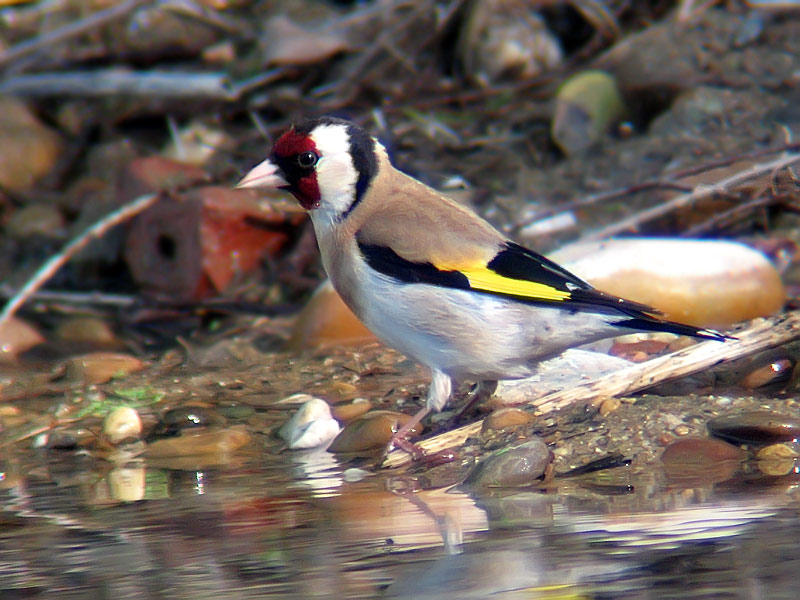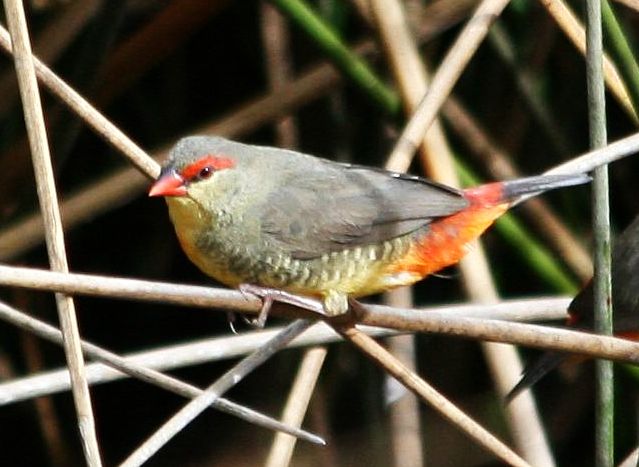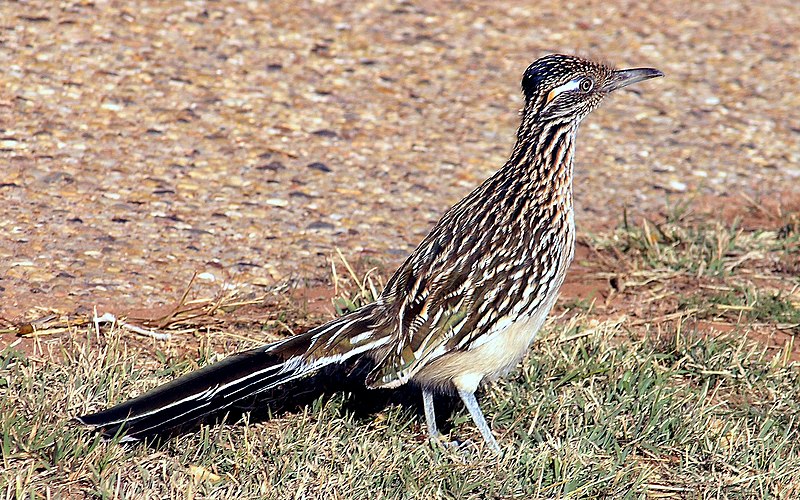 The American Goldfinch, Carduelis tristis, is one of North America’s most colorful and beloved birds. They are, however, protected by law and may not be kept as pets. However, the closely-related European Goldfinch, C. Carduelis, has long been bred in captivity and has even been crossed with canaries in order to improve their singing abilities. This colorful little acrobat may be legally kept in the USA and is a great choice for folks looking to expand their collections.
The American Goldfinch, Carduelis tristis, is one of North America’s most colorful and beloved birds. They are, however, protected by law and may not be kept as pets. However, the closely-related European Goldfinch, C. Carduelis, has long been bred in captivity and has even been crossed with canaries in order to improve their singing abilities. This colorful little acrobat may be legally kept in the USA and is a great choice for folks looking to expand their collections.
Description
The European Goldfinch is similar in size to its American cousin – 5 inches long and stoutly built. Its head is marked with alternating bands of red, white and black and the wings are banded in brilliant yellow. These wing bands are most evident in flight, and their sudden appearance usually elicits a gasp of pleasant surprise when seen for the first time.
The red feathers on the male’s face extend to the end of or just beyond the eye; on females the red feathers end at about mid-eye; the sexes are otherwise similar. Read More »
 That Bird Blog – Bird Care and History for Pet Birds
That Bird Blog – Bird Care and History for Pet Birds




